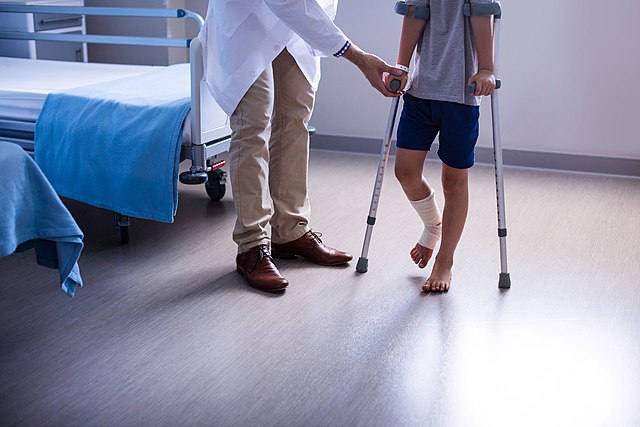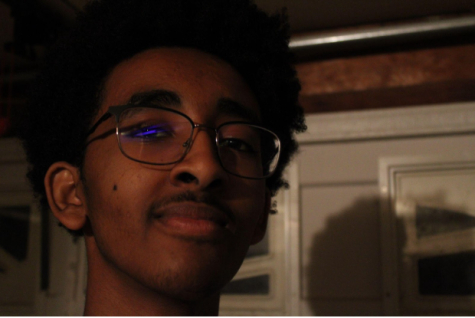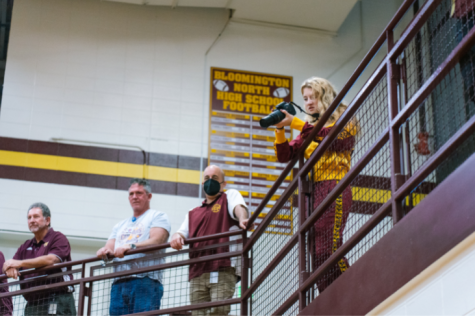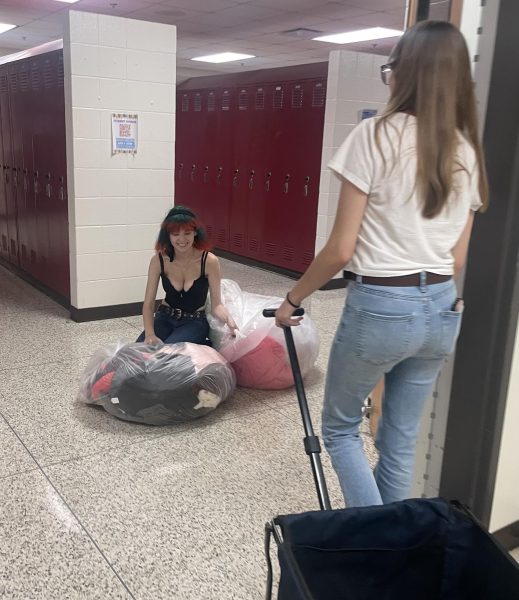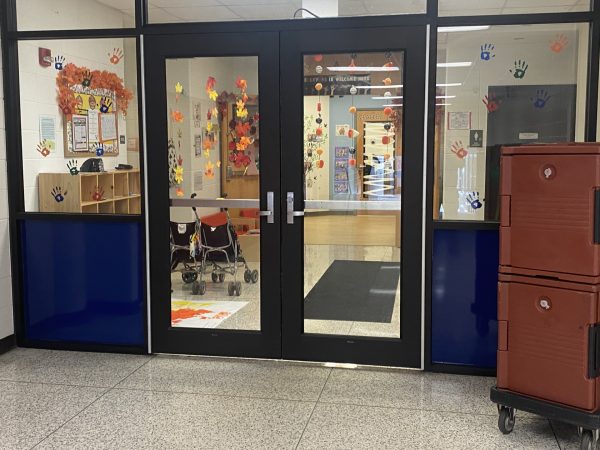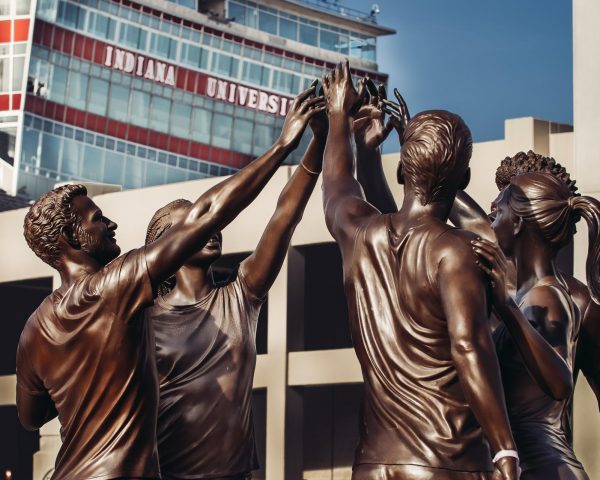High School Athletics: Advice from a Physical Therapist
The high school athletics scene is full of differing opinions and misinformation. What should we be doing? A professional physical therapist has the answers.
Ryan Taylor works at IU Health Orthopedics and Sports Medicine as a physical therapist. He received his undergraduate degree in exercise science at IU and his doctorate in Physical Therapy at IUPUI. His client base consists of a lot of high school athletes.
ACL tears and Labrum tears are a big problem for high level athletes in high school and college. Taylor said that “a high percentage of athletes that need surgery in that age range are one of those two injuries.”
ACL tears specifically are a big concern. The ACL is the anterior cruciate ligament, found in the middle of the knee, which can be torn from contact or non-contact causes. A contact tear could be from getting hit very hard in the side of the knee, whereas a non-contact tear can be from simply changing directions quickly or landing awkwardly from a jump. So how should athletes avoid or prevent this injury?
A lot of non-contact tears are caused by muscular imbalance. “Their knees, instead of bending and flexing, will cave inward,” Taylor said. Mainly, he credits this imbalance to “poor control of the knee because of the foot or hip.” He explained that the knee takes the brunt of the force when the hip or foot doesn’t have good control. The imbalance causes an inward force that can cause an ACL to tear.
According to Taylor, “Having a well-rounded strength program and stability program” is the best way to prevent muscle imbalance and ACL tears, as well as “making sure you’ve got good awareness of your foot posture” and “making sure we don’t reinforce bad movement patterns.”
Aside from the topic of injury prevention, Taylor also had a lot to say about recovery and other activities outside of training.
“Hydration is important, nutrition is important, and sleep is important,” he said. “Everybody likes the weight room, everybody likes to work hard in practice, but you have to give your body proper fluids, proper nutrition.”
He pointed out that when an athlete is dehydrated they have less fluid in their tissue, which makes it less elastic and can increase the risk of pulling a muscle or rupturing a ligament.
Taylor also put a lot of emphasis onto the importance of rest and sleep specifically.
“Rest is where we rebuild. If we get junk sleep then we get junk recovery.”
He explained that lack of sleep can also set athletes up for injury as they have less energy to stay focused on their form or maintain good movement patterns.
Taylor’s overall point was that injuries happen to everyone. Even the best athletes in the world get injured playing their sport. Despite this, there are still many things that each athlete can do to help prevent them from getting hurt and that reinforce good habits in their regimens.


